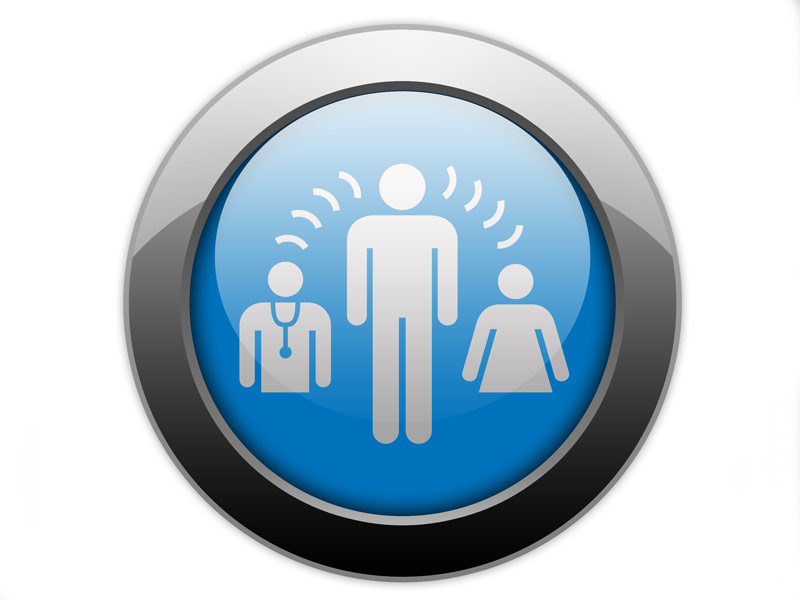Tools Help FPs Give Culturally, Linguistically Appropriate Care
Resources From CMS and AAFP Aimed at Physicians, Patients
Jan. 11, 2023, 5:51 p.m. News Staff — Family physicians now have access to new tools in several languages to help them assist their patients in choosing and using health coverage that meets their individual needs.

“It is critical that patients receive health care services in the language they best understand,” said Alex Harsha Bangura, M.D., a family physician with Lakewood Health System in Staples, Minn. “So much of medicine is the art of hearing between the lines, and if you do not have quality interpretation it is easy to misunderstand what the patient is really trying to say — not to mention that receiving health care in a language you are unfamiliar with is scary, uninviting and, frankly, often dangerous.”
The new tools from CMS’ Coverage to Care initiative, which supplement existing resources from the AAFP, are available in as many as 10 languages. They cover consumer and preventive care topics for patients, including
- details about how to access primary care and preventive services;
- a customizable health coverage form;
- sample insurance cards and explanation of benefits forms;
- a guide for people with disabilities; and
- information about healthy living and preventive services tailored to different genders and ages.
The C2C initiative also offers resources written specifically for clinicians, including tools to help them
- share resources with their patients and communities,
- assist their patients with enrolling in or changing health coverage,
- develop an organization-wide language access plan, and
- offer patients language assistance.
Family Physician Perspective
Bangura said the resources can assist family physicians with important patient education.
“For example,” she said, “a patient of mine recently established only after she learned from a family friend that she was eligible for routine preventive healthcare services through her employer-sponsored insurance. She had routinely received preventive health services in her home country and was eager to do so here, but didn’t understand the terms of her insurance due to her limited English proficiency.”
The tools can also improve patient safety.
“Communication with patients who speak English highly proficiently is often hard enough,” Bangura said. “Cutting corners with patients who don’t have a good grasp of English (by using Google Translate, a friend or family member, etc.) puts these individuals at high risk of medical errors… Health care systems have a responsibility to make language resources readily available to patients, and as physicians and leaders we have to hold them accountable to that.”
AAFP Tools and Tips for Members
The AAFP has long supported linguistically appropriate health care services and recognized the importance of culturally proficient health care.
The Academy also endorses HHS’ National Standards for Culturally and Linguistically Appropriate Services in Health and Health Care and helps members stay up to date on communication and language services so they can share this information with patients.
Just last fall, the AAFP gave CMS detailed recommendation to support culturally sensitive care and meaningful access to care for people who have limited English proficiency or disabilities.
Members can get practical tips on linguistically appropriate services through the Academy’s Health Equity for EveryONE online CME activity, including information about embracing CLAS standards and conducting office visits with a medical interpreter.
In addition, much of the AAFP’s patient-centered website, familydoctor.org, is available in Spanish by clicking “Español” at the top of the page or going directly to the Spanish-language version of the site.
Bangura also noted that the National Latino Behavioral Health Association provides training for health care professionals who work with interpreters to provide mental health services, as well as interpretation training for medical staff.
“Working in a rural area with a small but significant population of monolingual Spanish speakers has highlighted for me the unique challenges that small rural clinics and public health systems face trying to meet the needs of these patients with very limited access to qualified interpreters or bilingual staff,” said Bangura. “I will be using the guides to help my health system improve our services and am grateful to the AAFP for their advocacy on this issue.”